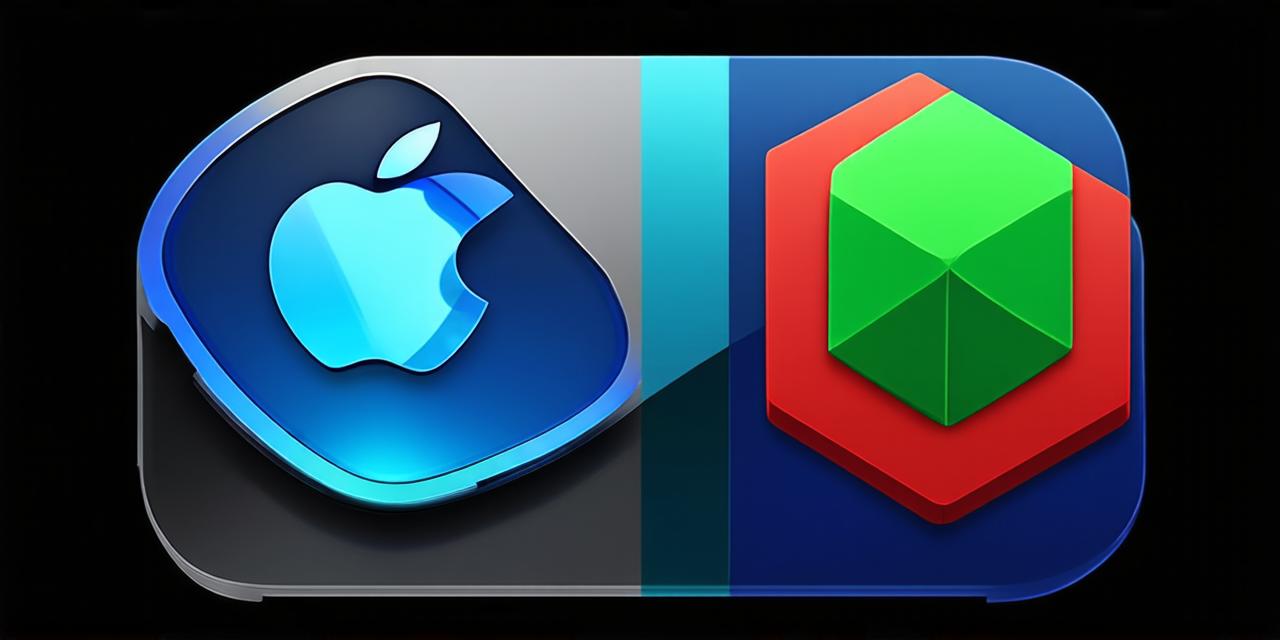Introduction
As a developer working with iOS, you know how important it is to keep your app up-to-date with the latest software versions. But what happens when an update rolls out and your users begin reporting issues with your app? This can be frustrating for both you and your users.
Why Update Your App?
Before we dive into the technical details of updating an iOS app, let’s explore why it’s so important. There are several reasons why you should update your app regularly:
-
Security: Updates can include security patches that fix vulnerabilities and protect your users from malicious attacks. By keeping your app up-to-date, you can help ensure the safety of your users and their data.
-
New Features: iOS updates often include new features and improvements that can enhance the user experience of your app. By taking advantage of these updates, you can provide a better user experience and keep your app competitive in the market.
-
Performance Improvements: Updates can also include performance improvements that can make your app run faster and smoother. This can help improve the overall user experience and reduce frustration for your users.
-
Compatibility: Updates can help ensure that your app is compatible with the latest version of iOS, which can prevent issues from arising when users try to run older versions of your app on newer devices.
Step 1: Plan Your Update
Before you start the update process, it’s important to plan ahead and prepare for any potential issues that may arise. Here are some steps to follow when planning your update:
-
Test Your App: Before releasing an update, make sure to thoroughly test your app on multiple devices and operating systems to ensure that everything is working properly. This will help you catch any bugs or compatibility issues before they become a problem for your users.
-
Create a Release Plan: Develop a release plan that outlines when and how you will release the update, including any marketing or promotional activities that you may want to undertake. This will help you stay organized and ensure that everything is in place when the time comes to release the update.
-
Communicate with Your Users: Keep your users informed about the upcoming update, including what new features or improvements they can expect, and any potential issues or known bugs. This will help manage their expectations and reduce frustration if there are any problems after the update is released.
-
Back Up User Data: Make sure to back up any user data that may be affected by the update, such as preferences or settings. This will help ensure that users can restore their data in case of any issues with the update.

Step 2: Prepare Your App for the Update
Once you have a plan in place and have communicated with your users, it’s time to start preparing your app for the update. Here are some steps to follow:
-
Check for Compatibility Issues: Make sure that your app is compatible with the latest version of iOS by testing it on multiple devices and operating systems. This will help you identify any compatibility issues that may arise after the update is released.
-
Update Dependencies: If your app relies on third-party dependencies, make sure to update them to the latest versions to ensure that everything is working properly.
-
Optimize Your App: Optimize your app for the latest version of iOS by taking advantage of new features and improvements. This will help you provide a better user experience and keep your app competitive in the market.
-
Create a Rollback Plan: Create a rollback plan in case there are any issues with the update. This should include a way to revert to the previous version of your app if necessary, as well as a plan for addressing any issues that may arise.
Step 3: Release the Update
Now that everything is ready, it’s time to release the update. Here are some steps to follow:
-
Submit Your App for Review: Submit your app for review by Apple before releasing the update to the public. This will help ensure that the update meets Apple’s guidelines and is ready for release.
-
Release the Update: Once your app has been approved, release the update to the public.
